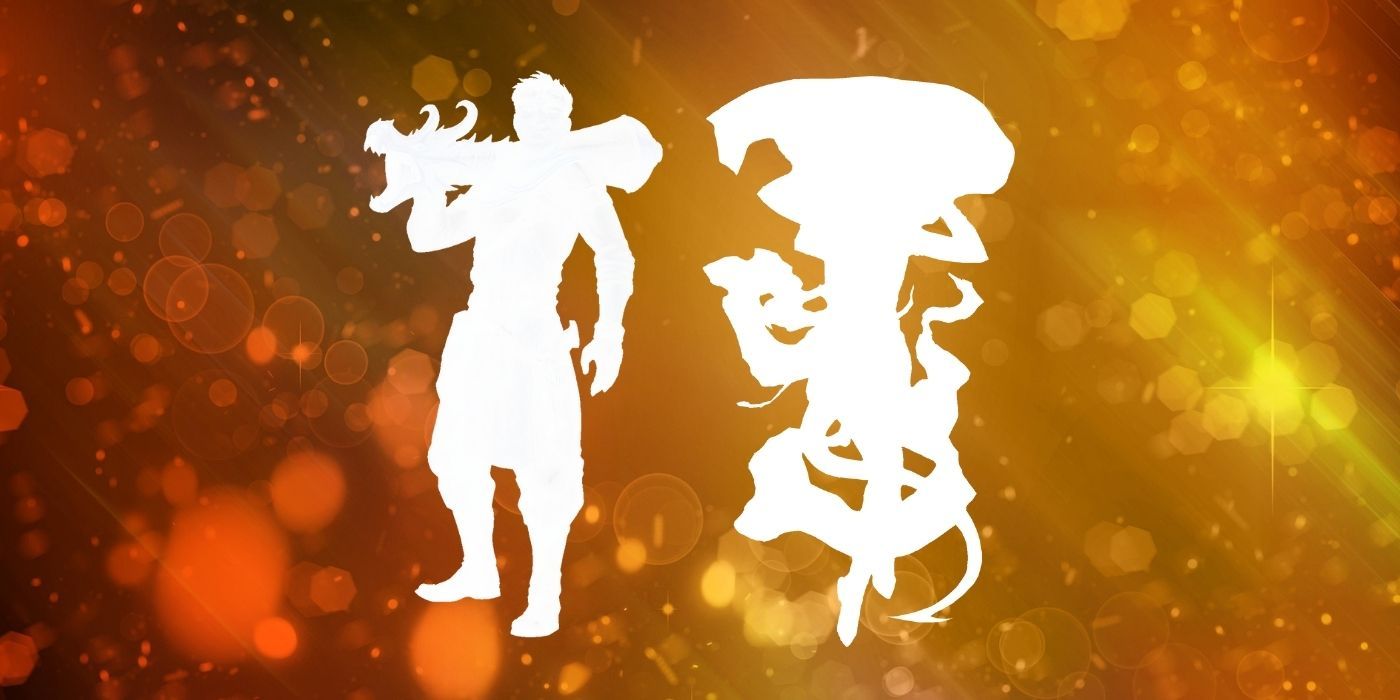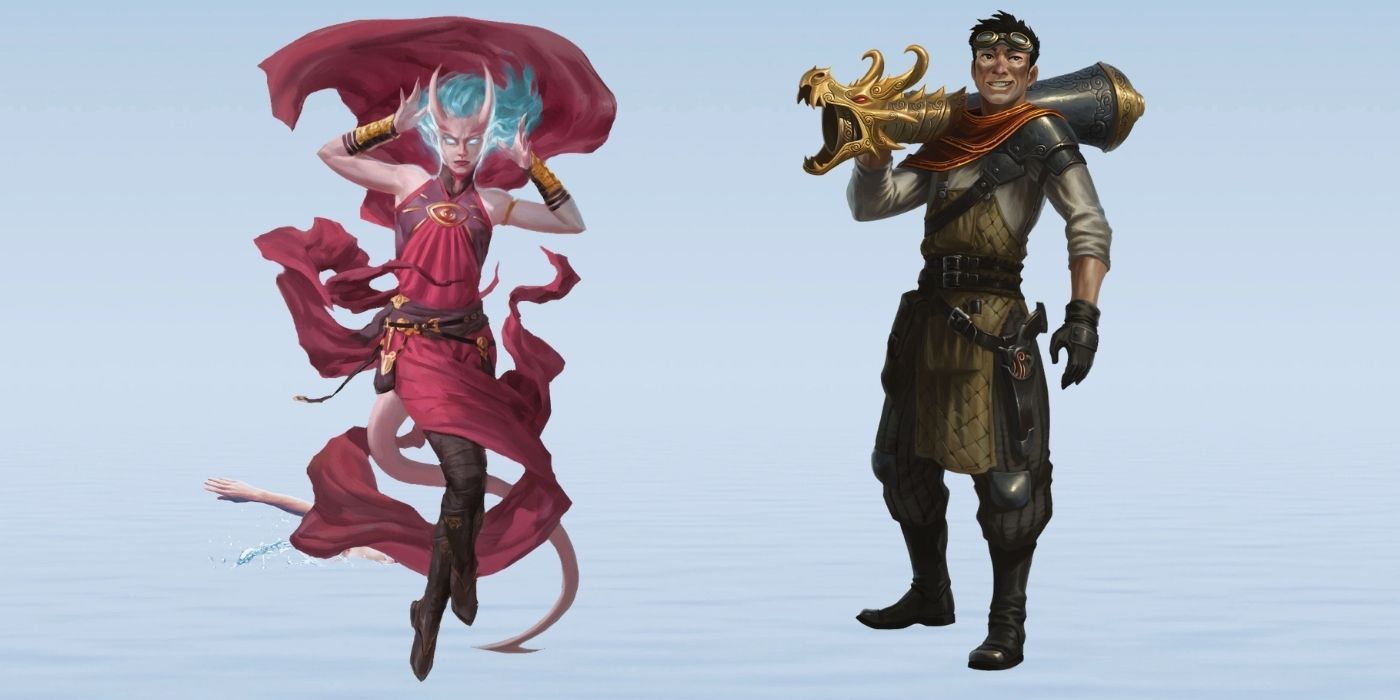The next accessory book for Dungeons & Dragons, Tasha's Cauldron of Everything, will contain 30 subclasses including 22 brand-new ones. Well, almost brand-new - fans who have been keeping up with the Unearthed Arcana column on the D&D Wizards of the Coast website may be familiar with them as the site previously rolled out new subclasses for 5th edition playtesting, along with new rules. The rules and subclasses have since been refined for the upcoming book, which is expected to release in North America on November 17th, 2020.
Out of this list below, the five that have been reprinted from older books (Guildmasters' Guide to Ravnica, Mythic Odysseys of Theros, and Sword Coast Adventurer's Guild) are the College of Eloquence, Order Domain, Circle of Spores, Oath of Glory, and Bladesinging subclasses. The Artificer class was introduced last year in the campaign setting book Eberron: Rising from the Last War. They are described as supreme inventors who are masters of unlocking magic in everyday objects, and its three Eberron subclasses plus a new one (Armorer) are included in Tasha's Cauldron of Everything.
In addition to Artificers, each of the 12 traditional classes will feature new subclasses. Until this point fans could only make good guesses as to which subclasses would appear thanks to the Unearthed Arcana. However, some titles have been finalized into alternate names, such as the Psionic Soul or Psionic Mind Sorcerer subclass being established as the Aberrant Mind Sorcerer subclass. Thanks to an IGN interview with D&D's Lead Rules Designer, Jeremy Crawford, every subclass has been confirmed for Tasha's Cauldron of Everything.
Every Dungeons & Dragons Subclass In Tasha's Cauldron Of Everything
- Alchemist (Artificer)
- Armorer (Artificer)
- Artillerist (Artificer)
- Battle Smith (Artificer)
- Path of the Beast (Barbarian)
- Path of Wild Magic (Barbarian)
- College of Creation (Bard)
- College of Eloquence (Bard)
- Order Domain (Cleric)
- Peace Domain (Cleric)
- Twilight Domain (Cleric)
- Circle of Spores (Druid)
- Circle of Stars (Druid)
- Circle of Wildfire (Druid)
- Psi Warrior (Fighter)
- Rune Knight (Fighter)
- Way of Mercy (Monk)
- Way of Astral Self (Monk)
- Oath of Glory (Paladin)
- Oath of the Watchers (Paladin)
- Fey Wanderer (Ranger)
- Swarmkeeper (Ranger)
- Phantom (Rogue)
- Soulknife (Rouge)
- Aberrant Mind (Sorcerer)
- Clockwork Soul (Sorcerer)
- The Fathomless (Warlock)
- The Genie (Warlock)
- Bladesinging (Wizard)
- Order of Scribes (Wizard)
The concept art featured above is likely that of an Aberrant Mind Tiefling and either an Artillerist or Armorer Human, but this has yet to be confirmed. When deciding which subclasses make the cut, Crawford explains that his team is looking for "functional gaps" or "places where a kind of area of functionality is not currently addressed by another subclass in the game." This also includes story gaps where a new D&D subclass could add depth to a particular archetype, like with the Psi Warrior introducing a Fighter powered by psionic energy. Through playtesting, the team can get a feel for what's working, then analyze and refine from there.
In addition to new subclasses, Tasha's Cauldron of Everything will allow and offer guidance for players to be able to change their character subclass. With over 180 pages of new Dungeon Master tools, concept art, regions, and more, Dungeons & Dragons players have plenty to look forward to in the upcoming supplemental book.


